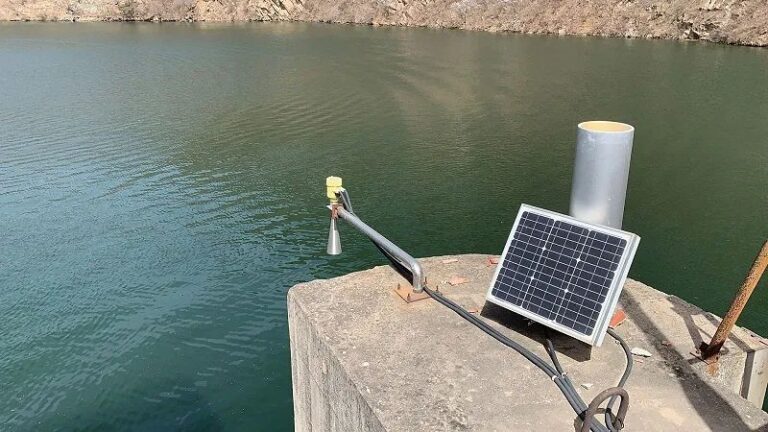The development of science and technology has led to higher protection levels, wider applications, and easier installation of radar water level meters. However, the installation is easy, but the radar water level meter installation considerations, we still need to understand to ensure the accuracy of the measurement.
1. Installation location considerations
Firstly, most radar level meters are installed outdoors and the location must be chosen to avoid strong vibrations in the installation.
Secondly, if there are floating objects on the surface of the medium, it will affect the reflection of microwaves and produce false echoes, so the installation location of the radar level meter should be chosen as far as possible in a place where floating objects are not easily found.
Finally, the radar water level meter installation location as far as possible to choose in the wind and waves of small places, to prevent the wind and waves are too large, affecting the accuracy and stability of measurement.

2. Antenna orientation considerations
Whether it is a radar water level meter or a radar level meter, the antenna is installed in as vertical a relationship as possible with the medium so that the microwaves can be well emitted and reflected and the measurement can be accurate and effective.
3. Flood and lightning protection considerations
Rivers and lakes, unlike storage tanks, contain media that can be controlled and regulated manually. It is not unusual for the water in rivers and lakes to burst their banks in the event of continuous heavy rainfall. In order to prevent
radar water level meter from being damaged during flooding, the installation height must be controlled to meet flood control standards.
In addition, in order to prevent lightning damage, the meter should be installed in a good way to prevent rain, for example by adding a protective cover; secondly, the meter should be connected to the earth.

4. Considerations in terms of service life
Unlike storage tanks, the outdoor environment is subject to many uncertainties and contingencies, such as high winds, rain, and snow storms. In order to extend the life of the radar water level meter as long as possible, it is important that it is installed as securely as possible and that it can withstand all kinds of adverse weather.
Inclement weather should be taken into account, as well as sunny weather, and good shading measures should be taken into account.
The service life of each instrument is related to quality, time, environment, and maintenance personnel. In order to ensure that the radar water level meter is as long as possible to play its role, we must pay more attention when installing it.
